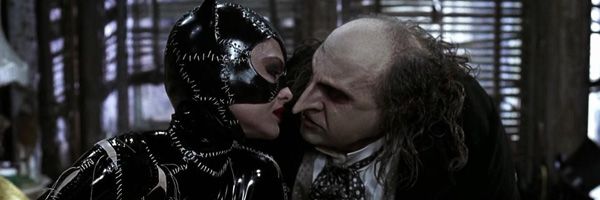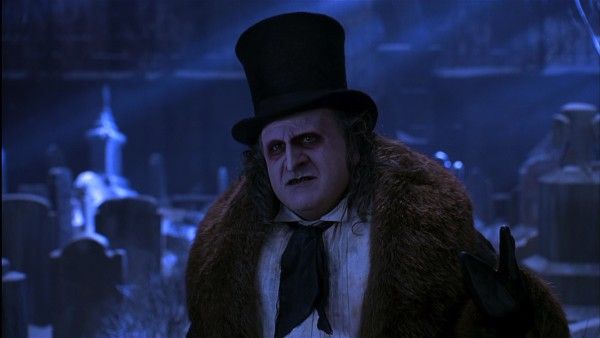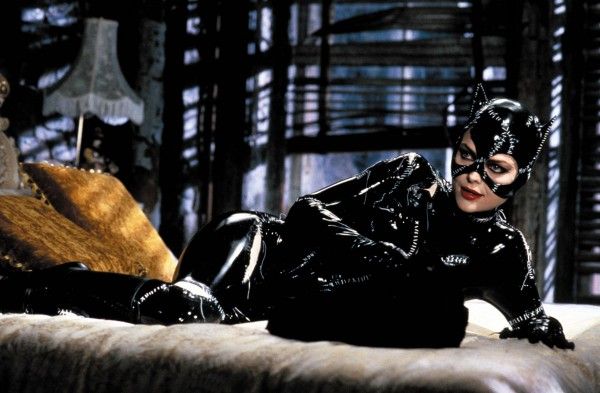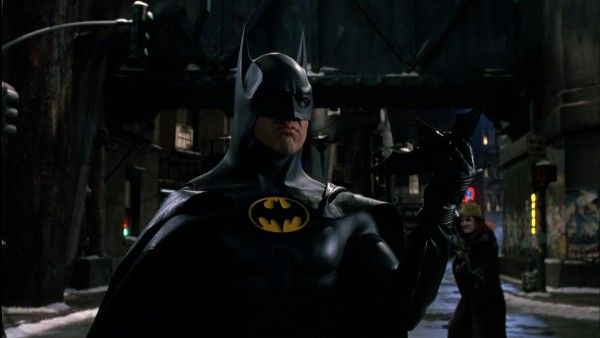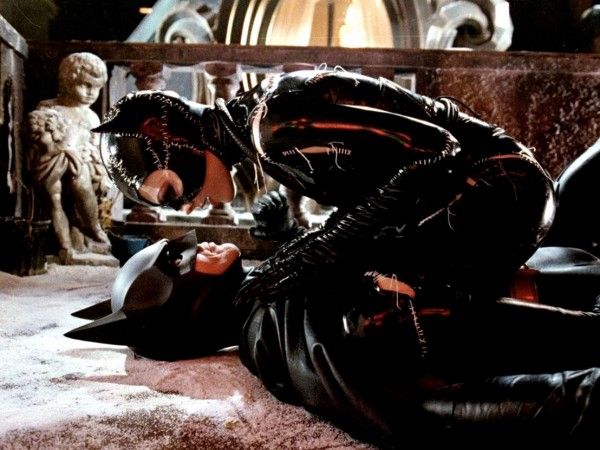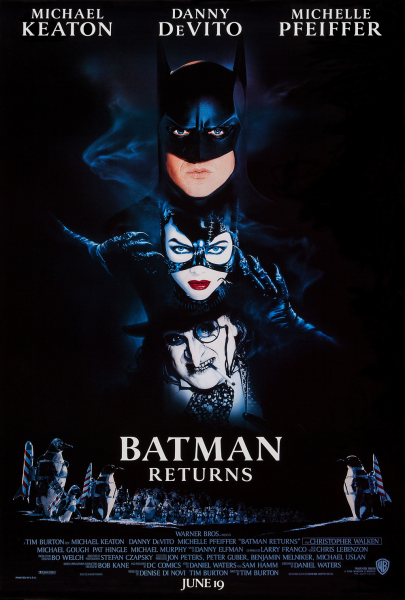With 10 live-action feature films in the can and many, many more to come, Batman is probably the most popular, or at least the most recognizable superhero on the big screen. The Dark Knight has been reinvented no less than seven times with a variety of performers taking a crack at the Bruce Wayne/Batman dynamic, and while Christopher Nolan and Christian Bale’s adaptation of the character has become the Gold Standard (while Ben Affleck is still working on solidifying his own take and Will Arnett’s got his comedic iteration in the LEGO Batman franchise), there’s one Batman film in particular that tends to get overlooked as nothing more than an oddity: Batman Returns. Indeed, Tim Burton’s sequel technically paved the way for Joel Schumacher’s radically light spin on the material in Batman Forever and Batman & Robin, but in fact Batman Returns remains one of the best Batman films ever made, oozing with character, style, and a surprising amount of thematic heft.
When director Tim Burton made Batman in 1989, anticipation surrounding this big screen iteration of the comics character was intense. At that point Burton had only made two feature films, Pee-wee’s Big Adventure and Beetlejuice, and he had certainly never worked on this scale before. Regardless, Batman was a box office hit with Michael Keaton and Jack Nicholson drawing praise for the performances and Burton’s art deco-inspired aesthetic bringing Gotham City to vivid life. But Burton had struggles on that film, including the fact that the script was constantly evolving during shooting (earlier drafts included Dick Grayson and the murder of Vicki Vale during the climax).
With Batman a bona fide success, Burton was subsequently hired to make a sequel with a more significant degree of creative freedom—and it definitely shows. Batman Returns is 100% Burton, with the filmmaker ratcheting up his art deco aesthetic and gleefully walking the line between menacing and off-putting when it comes to the villainous Penguin.
Burton’s handling of the antagonists is one of the greatest strengths of Batman Returns. Danny DeVito’s Penguin isn’t simply some dastardly baddie with plans to blow up Gotham City just because. He’s a deformed outsider who’s been stewing in the shadows for decades. Initially, he just wants to be accepted, but in teaming up with Christopher Walken’s corrupt businessman Max Schreck, his plans become more nefarious.
By the film’s third act, Penguin’s master plan involves kidnapping infants and dumping them in toxic waste—and yet he’s still not the most despicable villain in this movie. The Max Schreck character was a masterstroke on the part of Burton and screenwriter Daniel Waters (of Heathers fame). He brings a political edge to the film’s plot that elevates it above a simple blockbuster story. This morally bankrupt man who literally throws his secretary out a window sees only opportunity in Penguin, attempting to coerce DeVito’s character into a run for Mayor that will grant Schreck even more control over the city and, thus, expand his empire without limits.
And then there’s Catwoman, with Michelle Pfeiffer delivering one of the best performances of her career. Neither hero nor outright villain, Catwoman is a breath of fresh air in the film, toying with Batman and Penguin like her feline namesake. There’s an unmistakable sexuality to the characterization, but Pfeiffer owns it, using it to her advantage. Burton strikes just the right tone here, able to play Catwoman’s interactions for laughs, terror, and sometimes both at the same time resulting in the definitive onscreen iteration of this memorable character.
This is also a film that really melds the sensibility of the Batman TV series with the more realistic, albeit somewhat operatic style of Burton. There’s a scene in Penguin’s lair between Penguin and Catwoman that feels like it’s straight out of the TV show, coming just up to the line of camp but never tipping over. The chemistry between DeVito and Pfeiffer is hilarious, but separately the two are able to round out their characters as beings with which the audience can empathize.
Really the only major complaint I have with Batman Returns is that its supporting characters are so good that Batman kind of gets the short end of the stick, but that’s almost made up for in the thematic drive. Catwoman isn’t just there simply to add another obstacle in Batman’s path—the arcs of Bruce Wayne and Selina Kyle are mirrors of one another, two people living dual lives. We see the toll it takes on each, culminating in that final confrontation where Bruce tries to get Selina to give it up. It’s almost heartbreaking, and you really feel for these characters and wish for them to be able to find some peace together. Then Selina barbecues herself.
Ultimately Batman Returns proved too dark for audiences, and it’s hard not to argue that the film probably should’ve been rated R. Warner Bros. got scared, refused to hire Burton for the next sequel, and they overcorrected with the light and campy Batman Forever. But Returns still holds up today as one of the best Batman movies ever made—thoughtful, artful, and wholly unique. Say what you will about Burton’s style or career, but there’s more distinct character in Batman Returns than in most superhero movies made nowadays. This is truly Tim Burton’s Batman Returns, not a mass-marketed, focus-group-tested product made with the lowest-common denominator in mind. It’s weird and twisted and certainly not for everyone, but for a character as ubiquitous as Batman, Batman Returns is unforgettable.

